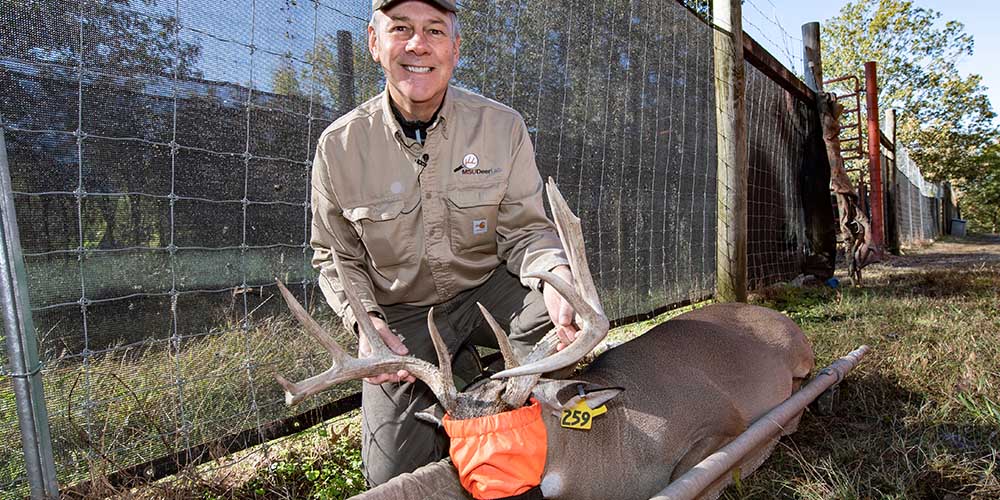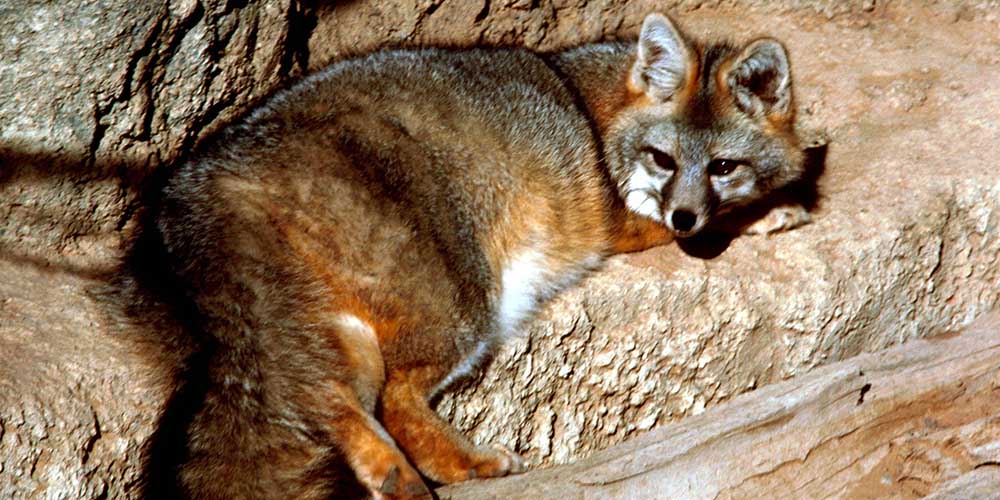Related Stories
Wildlife Stories

MSU Researchers Cross State Lines for Expansive, Multi-Species Nesting Box and Eggshell Research
Taylor Gibson, a recent wildlife, fisheries and aquaculture master's graduate, worked with Dr. Brian Davis, on a project entitled "Nest Box Use And Reproduction Of Wood Ducks And Other Cavity-Nesting Ducks In Mississippi," a collaborative effort with eight states on the Gulf and East coasts of the U.S. Gibson said that the team wanted to determine the characteristics of the habitats and the ducks themselves that influence nest box use for reproduction. The team collected data from two sites in Mississippi, monitoring the boxes for wood ducks, black-bellied whistling ducks, and hooded mergansers. They banded the hens in the boxes, candled the eggs to determine incubation stage, and returned to tag the ducklings on their estimated hatch date. These boxes are an excellent teaching tool, allowing students to learn about these species firsthand. Gibson also worked with Dr. Pratima Adhikari, an assistant professor in the poultry science department, to determine the pressure needed to force an eggshell to crack.
Since hens abandon the entire nest when an eggshell cracks, having this knowledge was important to the study of duckling production.
2021

Environmental Sentinels
Mississippi State University researchers, led by Dr. Steve Demarais, are pioneering a new method for detecting Chronic Wasting Disease (CWD) in deer before symptoms appear. The team is investigating the use of deer "scrapes"—areas where bucks leave saliva, urine, and paw marks—as early warning signals for CWD. Scrapes could indicate the presence of prions (infectious agents of CWD) even before a deer shows symptoms. The team has found CWD prions in scrapes up to 19 miles away from known infected deer. This method could offer a more cost-effective and timely approach to monitoring CWD, helping wildlife agencies detect the disease in new areas more efficiently.
Research partners include the University of Minnesota and MSU's Veterinary Research and Diagnostic Lab. Positive results from scrape samples would inform hunters to test harvested deer but would not trigger a CWD Management Zone.
2023

Understanding Ecology of Gray Foxes and Asian Bear Population Estimation
Finding better ways to study foxes and bears in the forest helps animals and humans alike, according to one FWRC population ecologist. Dr. Dana Morin, assistant professor of wildlife ecology and FWRC scientist is motivated to discover the best animal population monitoring methods. Morin contributed to two studies considering how to utilize camera traps to monitor population trends and understand drivers of population change amongst different species. She and her collaborators from the U.S. Forest Service, Southern Illinois University Carbondale, and the Illinois Natural History Survey studied how competition may contribute to population declines in gray foxes. Morin also has evaluated combined methods in her current research to discover what density estimation methods are best suited for monitoring Asian bears.
The team found that unmarked estimation methods were unreliable for low density species, the case for most Asian bear populations, but accuracy and precision improved when camera trap data was used in conjunction with additional sampling methods. In addition, the research concluded that detecting population declines in Asian bears or other low-density populations would require sampling at extensive spatial scales, collaborations, and coordination of study designs and sampling protocols. The gray fox research was funded by Illinois Department of Natural Resources, Federal Aid in Wildlife Restoration Project, USDA Forest Service, Pacific Northwest Research Station, and USDA National Institute of Food and Agriculture McIntire Stennis Program. The Asian bear research was supported by USDA National Institute of Food and Agriculture McIntire Stennis Program with additional funding provided by the Research Council of Norway.